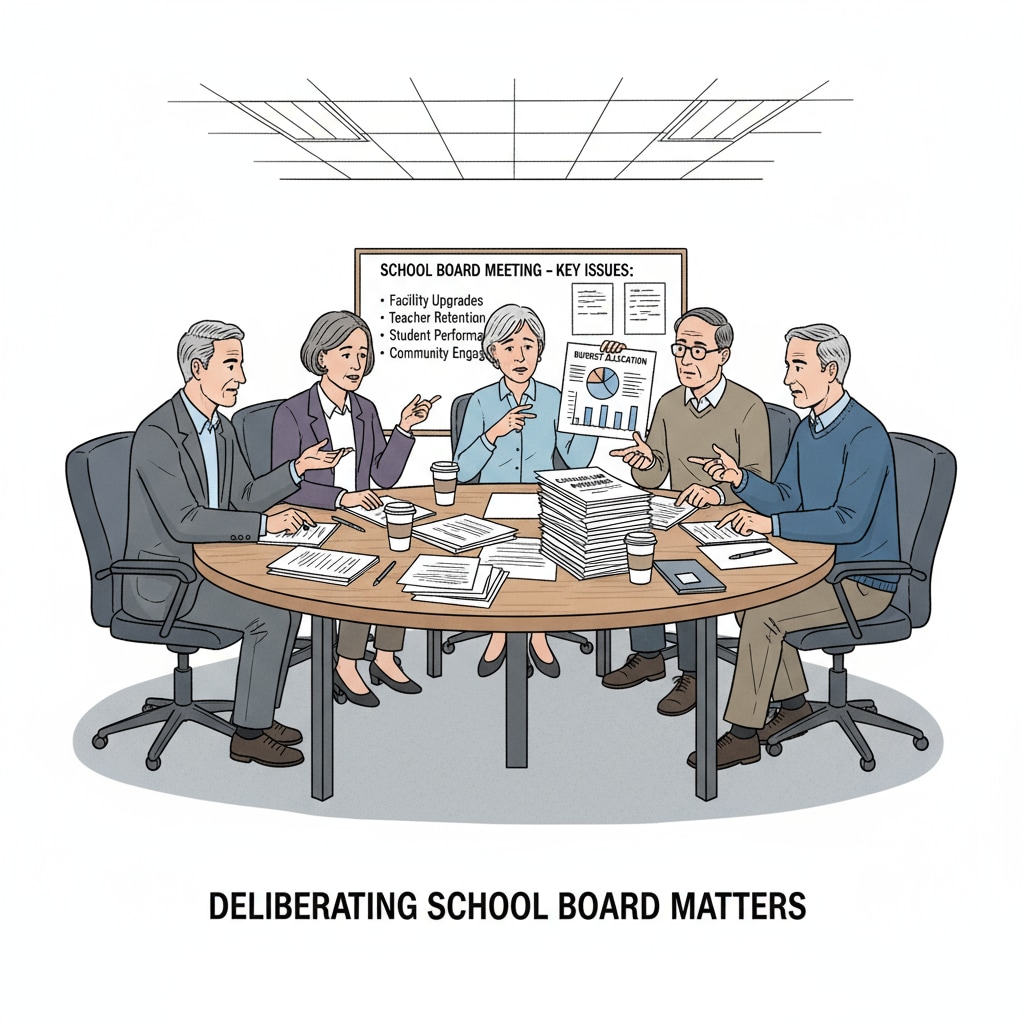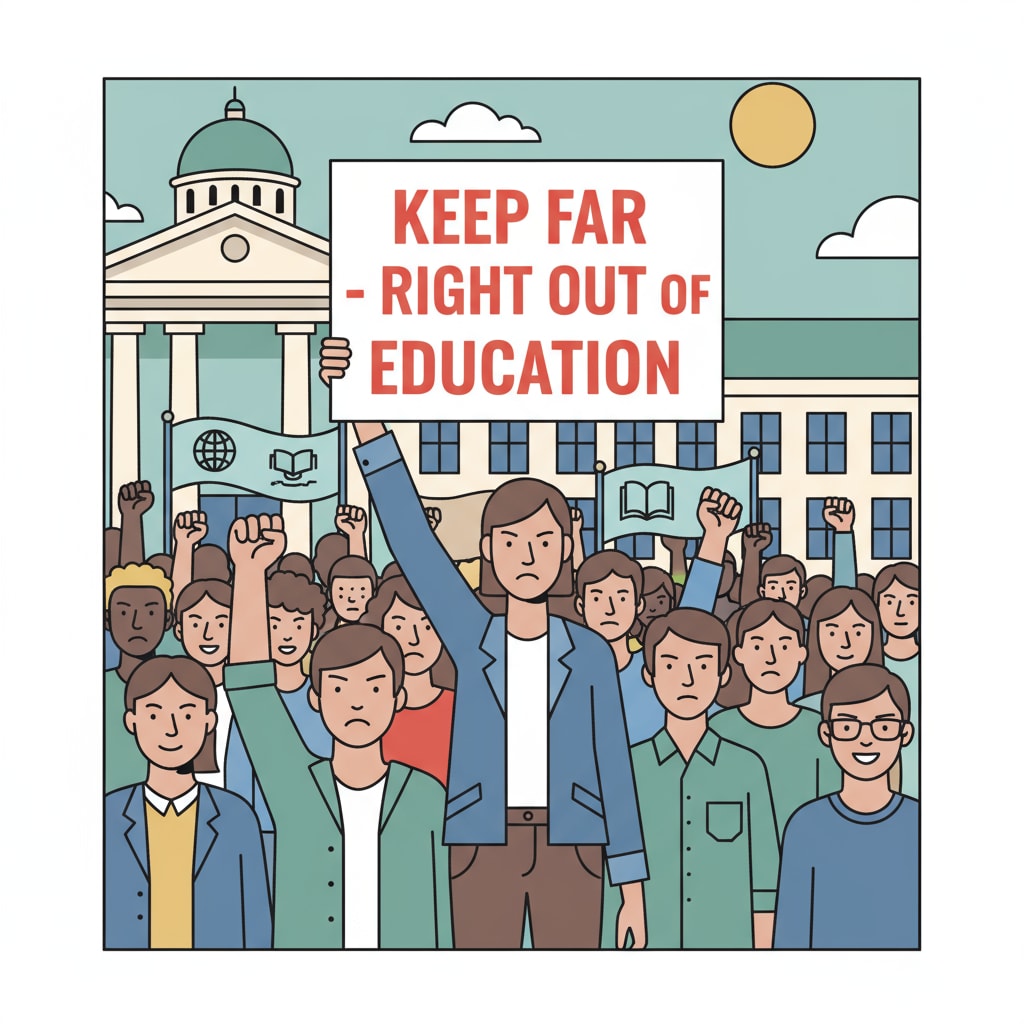In recent times, the issue of LGBTQ+, school boards, and far – right groups has come to the forefront in the realm of education. The far – right groups have been systematically challenging the inclusivity in education, which has spurred the LGBTQ+ community members to actively participate in school board elections. This “silent revolution” holds the key to shaping the future of K – 12 education in the United States.

The Threat from Far – Right Groups
The far – right groups have been increasingly vocal in their opposition to inclusive education policies. They aim to roll back the progress made in creating a diverse and accepting educational environment. For example, they might oppose the inclusion of LGBTQ+ – related content in textbooks or the recognition of LGBTQ+ student clubs. Their actions are not only a setback for the LGBTQ+ community but also limit the exposure of all students to a more inclusive world view. According to Wikipedia’s page on Education Policy in the United States, these groups often use political and social platforms to spread their anti – inclusive ideas.

The LGBTQ+ Community’s Response
In response, the LGBTQ+ community has decided to take matters into their own hands by running for school board positions. By getting involved in the decision – making process at the local level, they hope to protect the rights of LGBTQ+ students and promote inclusive education. Many of these candidates bring with them personal experiences of discrimination or a deep understanding of the importance of diversity in schools. As a result, they are well – positioned to advocate for policies that support all students, regardless of their sexual orientation or gender identity. Britannica’s article on Equal Opportunity in Education also emphasizes the significance of community involvement in educational decision – making.
Their campaigns focus on several key areas. Firstly, they aim to ensure that schools provide comprehensive and accurate sex education that is inclusive of all sexual orientations and gender identities. Secondly, they work towards creating a safe and supportive environment for LGBTQ+ students, which includes anti – bullying policies and trained staff. Finally, they strive to incorporate diverse literature and curriculum that reflects the experiences of the LGBTQ+ community into the educational system.
Readability guidance: In this article, we have seen how the far – right groups pose a threat to inclusive education, and how the LGBTQ+ community is responding. The fight for inclusive education in school boards is an ongoing one, but with the active participation of the LGBTQ+ community, there is hope for a more inclusive future in K – 12 education.


